Jobless Claims Jump to 853,000, Far Worse than Expected
Economists had forecast 724,000.
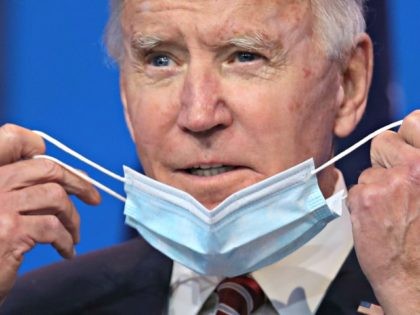
Economists had forecast 724,000.

Jobless claims fell by 75,000 in the holiday week, breaking the two week long streak of rising claims.

Worse than expected.

Economists had expected jobless claims to inch up to 710,000.

Iniitlal claims for jobless benefits came in lower than expected.

Economists had expected 745,000 claims.

Jobless claims made a significant move downward.

Unemployment claims were falling even while th “60 Minutes” star insisted otherwise.
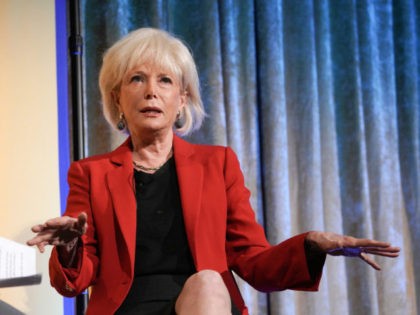
New claims for unemployment benefits tumbled by much more than expected to 787,000 in the week ended October 17.

With no hope of aid from Capitol Hill, employers accelerated layoffs in early October.

Very little improvement in jobless claims.

Unemployment claims are still very high and have not made much progress in several weeks.

Initial claims for unemployment benefits climbed last week.

A small improvement, slightly bettter than expeced, in new claims for unemployment benefits.

U.S. weekly jobless claims held steady at 884,000 last week, slightly above Wall Street expectations. Economists had forecast initial claims to drop to around 850,000 from 881,000 originally reported last week. Last week’s figure was revised up by 3,000 to

Jobless claims were expected to fall to 958,000.

Another one million U.S. workers have filed for new unemployment benefits, the Labor Department said in its weekly report Thursday.
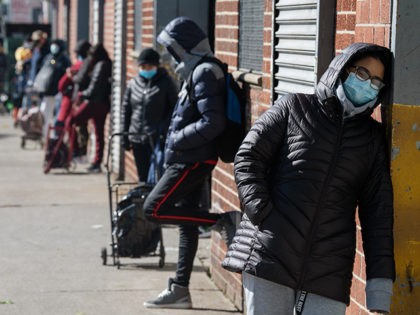
WASHINGTON (AP) — The number of laid-off workers seeking U.S. unemployment benefits rose to 1.1 million last week after two weeks of declines, evidence that many employers are still slashing jobs as the coronavirus bedevils the U.S. economy.

A sign that the labor market may have strengthened at the end of July.

A key measure supporting household incomes during the pandemic’s mass unemployment will be preserved but reduced in the next relief bill.
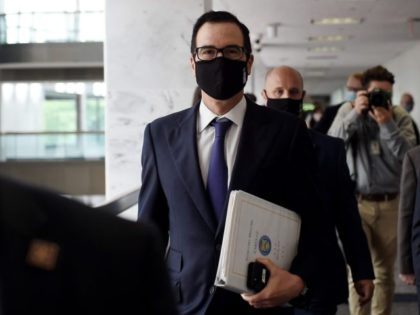
U.S. weekly jobless claims jumped higher in mid-July.

An overwhelming majority of economists in a recent survey said that it was a lack of jobs keeping down employment, not enhanced unemployment benefits.

A smaller than expected decline

New claims for unemployment benefits fell to 1.314 million for the week ended July 6, 99 thousand fewer than a week earlier, the Department of Labor reported Thursday. Economists surveyed by Econoday had been expecting 1.375 million claims. This was

Another week of jobless claims higher than expected.

Jobless claims fell by less than expected last week.

The 11th week of jobless claims above one million.

Europe’s unemployment rate ticked up last month amid the coronavirus crisis, official data showed Wednesday.

Roughly 40 million layoffs since the coronavirus shutdowns began.
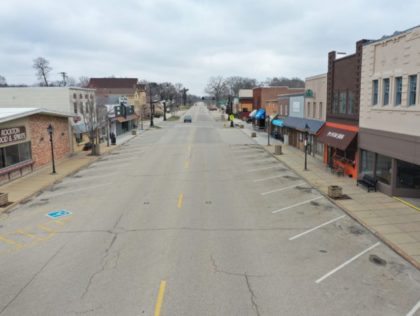
Continuing claims hit a record high of just over 25 million.
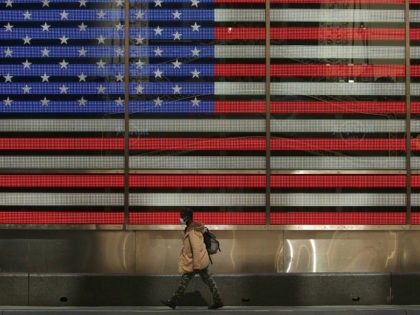
Jobless claims remain high as the economy continues to stumble from coronavirus hit and lockdowns.

Another bad week for American workers.
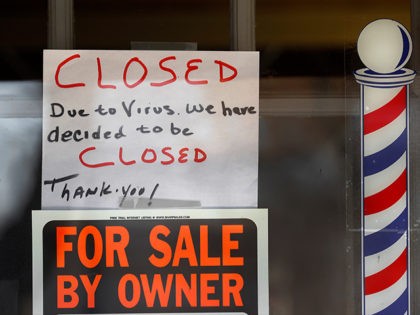
That brings new unemployment claims, a proxy for layoffs, over the past six weeks to around 30 million.

Another tough week for American workers.

Another week of job destruction across the United States.

A staggering 16.8 million Americans have been thrown onto the unemployment rolls in just three weeks.

The tidal wave of jobless claims has overwhelmed the systems in New York and elsewhere.
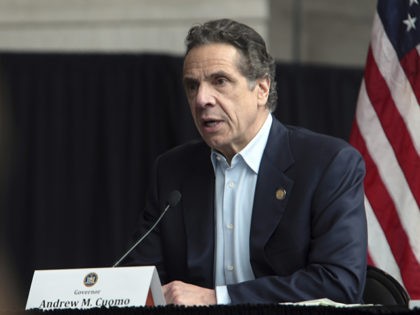
The Department of Homeland Security (DHS) is halting efforts to bring more H-2B foreign visa workers to the United States to take nonagricultural jobs after mounting public opposition.

More than 6.6 million Americans applied for unemployment benefits last week.

We will likely see more jobs lost before we begin to turn things around. But it is useful to remember that we can. And the clearest proof is in the very recent past.
